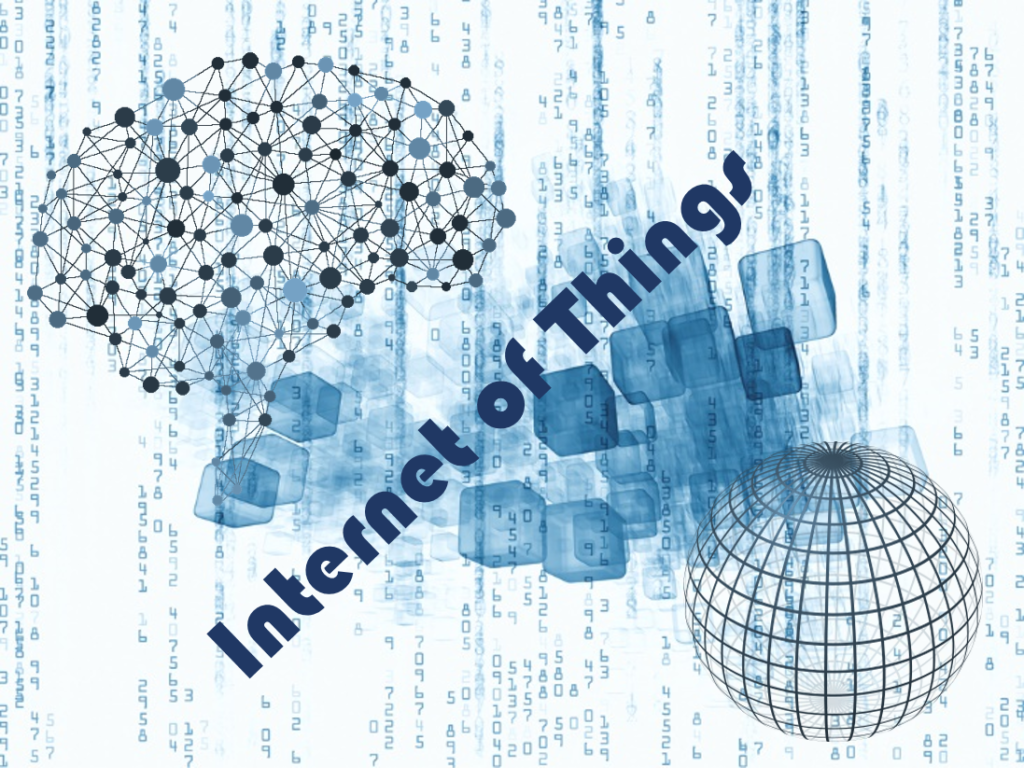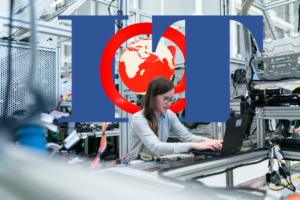Through the ages, the world has become increasingly connected. Connectivity began with physical links between people — overland routes, sea routes, and, eventually, air routes connected people separated by distance. Virtual connectivity also increased — mail, telegraph, telephone, satellite communication, and, eventually, computer connectivity. Connectivity is so important people have celebrated achievements like the transcontinental rail system in the U.S. accomplished 150 years ago, efforts to establish the fastest sailing time between Europe and the U.S., and Charles Lindbergh’s flight across the Atlantic. Today, connectivity is a given. Some people might even believe we have mastered all forms of connectivity. The emergence of the Internet of Things (IOT — sometimes called the Industrial IoT) reminds us connectivity still has frontiers to conquer. Dan Egan, business director of Process and Network Solutions at Werner Electric Supply, writes, “The Internet of Things is connecting both the physical and virtual worlds together. It’s helping businesses work faster, people work smarter, and processes to be more effective across the globe.”[1] As the name suggests, the Internet of Things is about connecting machines rather than people. Generally, when analysts discuss the IoT, they are referring to the larger IoT ecosystem consisting of sensors on end and advanced analytics on the other connected by the Internet of Things.
Analysts are predicting billions of devices will be connected to the IoT over the next few years. That’s why the IoT is such an important topic; especially in industrial settings. To give people an idea about why the IoT is important, Egan discusses connectivity issues associated with a typical paper mill. He writes, “Multi-million-dollar assets are used to turn timber into pulp and turn pulp into paper and these machines are expensive to upgrade. Within a paper mill there are dozens of smaller machines, each performing a critical role. These machines are every bit as important as the de-barker, digester, headbox, dryer, and reel. Each of these devices are likely controlled by a Distributed Control System (DCS) or Programmable Logic Controller (PLC), which essentially are specialized industrial computers. Today all of these pieces of equipment have network interfaces of some sort so that machines can communicate with each other and with business systems. A fully integrated paper mill will have hundreds of connected devices spanning multiple generations of technology.” Similar scenarios could be painted for other industrial settings. Among the the objectives of connecting all these machines are helping them run more efficiently and preventing disruptions due to unexpected breakdowns.
Becoming data driven
Although the IoT is primarily a machine-to-machine network, people must get involved when decisions have to be made. In order for people to get involved they need access to the data. W. David Stephenson, principal of Stephenson Strategies, believes industrial age mindsets are preventing everyone who could use the data from having access to it. He writes, “The Industrial Internet of Things (IIoT) … has the potential to revolutionize every aspect of your products and operations — but can’t, if you don’t make equally sweeping attitudinal shifts to bring your policies into line with the new potential.”[2] He explains, “That potential for change with the IIoT comes from the fact that we no longer must depend on fragmentary, after-the-fact data about how things (whether those things be assembly-line machinery, cows in a pasture, or our bodies) work, to make decisions about future design modifications, optimizing assembly lines, and/or maintenance. Instead, the IIoT’s combination of sensors on these things, instant data communication, and advanced analytics, mean that what I call the ‘Collective Blindness’ of the past (caused by our inability to monitor them instantly) is lifted and we really know about things’ status right now. In this case, the potential for change results not just from that monitoring ability but from the new-found ability for everyone who needs real-time data to make better decisions or do their job more precisely to share (as you’ll see, the verb is crucial!) that information instantly.”
Every business leader, Stephenson insists, should be asking themselves, “Who else can use this data?” According to Stephenson, “The obstacle is that since the birth of the Industrial Revolution, we’ve evolved management structures to cope with the old lack of information, which can block the new capability to share data.” Breaking down industrial age information silos is not easy. Fortunately, cognitive computing platforms (the advanced analytics end of the IoT ecosystem) can help. Most cognitive computing platforms use natural language processing, which allows users to ask questions and receive responses using terms they understand. They don’t need to be computer programmers.
The benefits of cognitive technologies for IoT
Marta Robertson writes, “Companies are installing more and more sensors hoping to improve efficiency and cut costs. … Is there a way to convert simple sensor recordings into actionable industrial insights? The simple answer is yes, and it lies in machine learning (ML).”[3] She asserts there are two primary reasons IoT won’t work as anticipated without machine learning. First, the sheer volume of data that must be analyzed in order to make real-time decisions. She notes, “There’s no way for a human analyst to perform [these tasks], so automation is the only solution.” The second reason machine learning is invaluable to IoT effectiveness is advanced analytics. “The real power of IoT lies not only in detecting current dangers,” Robertson writes, “but identifying more general patterns. … The most useful feature of ML for IoT is that it can detect outliers and abnormal activity and trigger the necessary red flags. As it learns more and more about a phenomenon, it becomes more accurate and efficient. … Last but not least, there’s also the opportunity to create models which predict future events very accurately by identifying the factors leading to a particular result. This offers a chance to play with the inputs and control results.”
Concluding thoughts
Even with the added benefits of cognitive technologies, the IoT has challenges that must be addressed. Robertson notes the four main challenges:
1. Security and Privacy: “Any algorithm that processes this kind of data needs to embed ways to keep all communication safe, especially if we’re talking about personal data such as that collected by medical sensors.”
2. Accuracy of Operation: “Sensors implemented in harsh conditions can send faulty data, or no data, disrupting the algorithm.”
The 3 Vs of Big Data: “Most IoT devices generate what can be classified as big data because it checks the 3Vs: volume, velocity, and variety. Tackling the 3Vs means finding the best algorithms for the type of data you’re using and the problem you’re trying to solve.”
4. Interconnectivity: “The value of IoT is in making disconnected items and tools ‘talk’ to each other. However, since these are all created differently, they need to have a common language, which is usually the smallest common denominator.”
Once those issues are addressed and data is shared across the enterprise, Stephenson insists the results will be dramatic. They include, “New potential for operating efficiency, precision and unleashing creativity that is only possible when you use the IIoT to empower others with different experiences, skills and perspective, and work simultaneously with the data that affects all of your roles.”
Footnotes
[1] Dan Egan, “Interconnectedness: The Way of the Future,” Manufacturing.net, 27 February 2019.
[2] W. David Stephenson, “Ask: Who Else Can Use This Data?” IndustryWeek, 8 April 2019.
[3] Marta Robertson, “Why IoT Needs Machine Learning to Thrive,” IoT for All, 15 July 2019.





